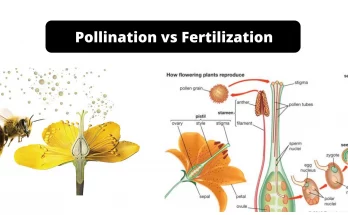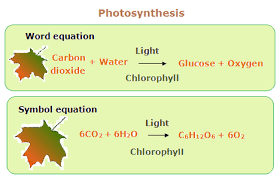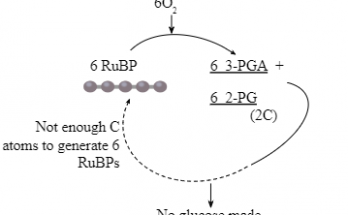The Pancreas – Structure, Function and Hormonal Secretions
The pancreas is a glandular organ located in the abdominal cavity. It has a complex structure consisting of various parts, including the head, body, and tail. Functionally, the pancreas plays a crucial role in both the digestive and endocrine systems. It produces and secretes digestive enzymes and juices, essential for the breakdown and absorption of nutrients. Additionally, the pancreas secretes important hormones like insulin and glucagon, which regulate blood sugar levels. The pancreatic structure, function, and hormonal secretions are vital for maintaining overall health and metabolic balance.
The Pancreas – Structure, Function and Hormonal Secretions Read More




